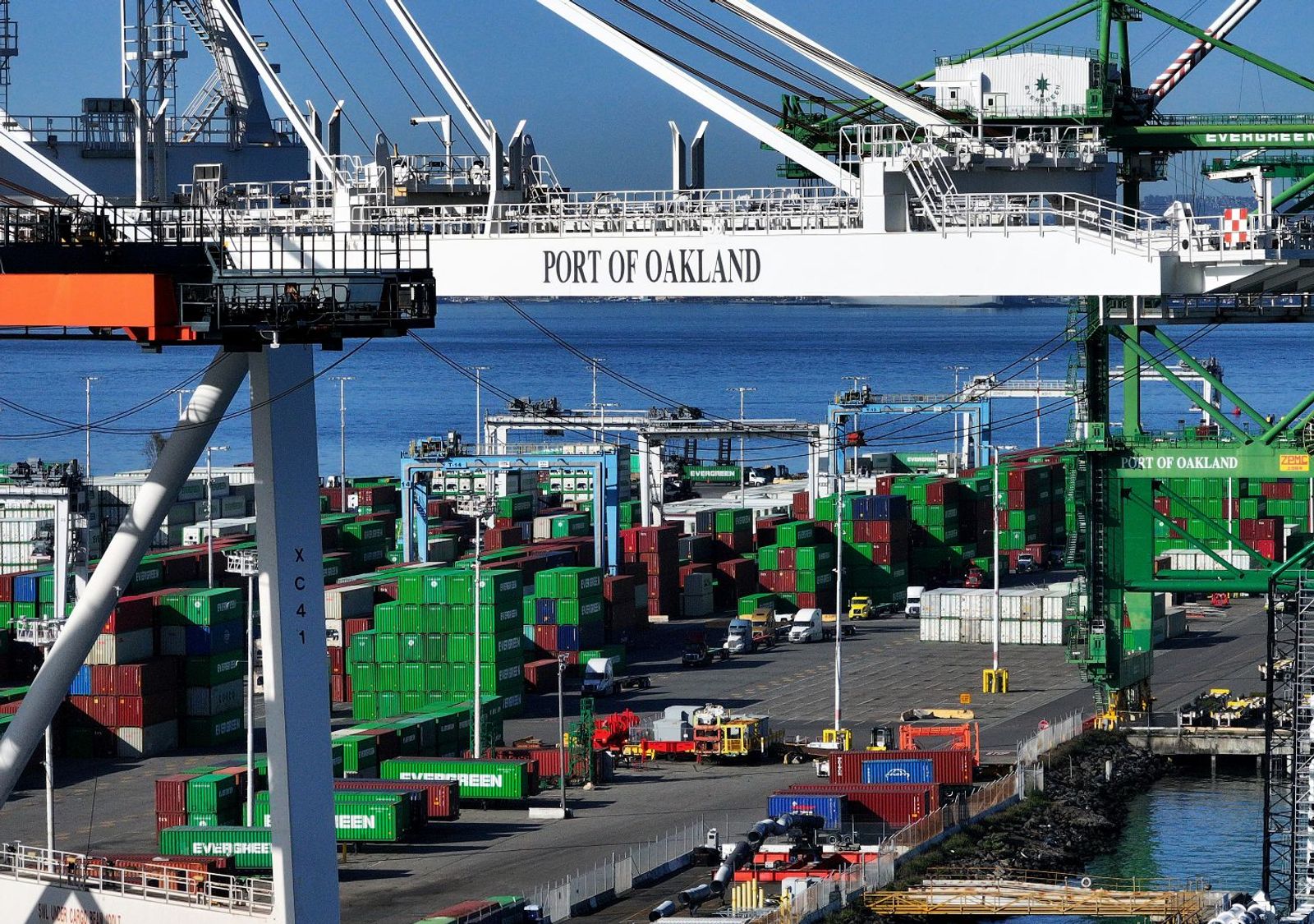
I've just returned from the Journal of Commerce's Inland 2025 conference in Chicago, where I had conversations with multiple beneficial cargo owners (BCOs) and listened to the panelists. One major theme of these conversations was a basic sense of fatigue stemming from the tariff changes that are emanating from the Trump administration with machine-gun rapidity and the consequent lack of forward visibility. I was reminded of a recent experience I had driving in remote Durango, Colorado. What's the connection? Stay tuned — I assure you there is one.
My wife and I were driving home up US 550 north of town, a 60-mph high-quality road with wide lanes and good sightlines — but no lights. And it gets plenty dark in rural Colorado. All was in order until a very large mule deer buck sidled into our headlights from the highway shoulder just ahead. I have had it drilled into me that the proper reaction in such instances is to jam on the brakes, but do not swerve to avoid the animal. The logic here is that if you swerve, there is a pretty good chance that the animal will leap the wrong way and end up back in the line of fire. Meanwhile, you have dramatically increased the odds of other mishaps including over-steering, leaving the road and other calamities that could involve far worse damage than coming into contact with the creature.
Dutifully following instructions, I jammed on the brakes, and thanks to the ABS, managed to come to a complete stop just before reaching the deer. Remarkably, he took no heed of his narrow escape and continued his stroll across the highway in a leisurely, uninterrupted fashion. Luckily, there was no one coming the other way to forestall his progress.
This, I believe, is now how importers are beginning to react, or more accurately, not react, to various tariff threats and actions. The changes are coming at a pace which exceeds the supply chains' ability to react. When a threat comes across the wire, the normal importer response is to plot a corrective course of action. Often, these emergency revisions add cost, complexity and time to the pre-existing, presumably optimized shipping arrangements. The problem is that currently there is a very high likelihood that the threat will be rescinded prior to implementation, or that a new threat will be announced that may very well target your newly relocated source. It seems that being proactive just does not make sense right now.
Waiting for clarity
Rather, what most importers seem to be doing is staying the course, but stepping on the brakes, bringing in the minimum amount of product that they need to get by, while waiting for the future to crystallize. Most have shifted out of the mode of bringing in more product than is needed at present.
If this logic holds, then we have probably already seen the peak for 2025. From an intermodal perspective, both of the years since the end of the post-pandemic surge, 2023 and 2024, had unusually late peaks. In 2024, the two biggest weeks of the year were in December, far later than the usual peak (based on pre-pandemic patterns) of the last week in September.
This week (Week 41 on the calendar) will show very positive comps versus the prior year because last year, eastern US intermodal activity was hammered by hurricane disruptions. But that relief will be short-lived. The question is whether normal seasonality will reappear in the fourth quarter. In such a case, volume should slide downward from here. This will make for some rather painful comparisons versus the prior year late in the fourth quarter. Alternatively, if consumer demand comes in unexpectedly strong, perhaps we will see another late-year mini-surge to restock those empty shelves.
But either way, it appears that the start-stop of trade flows into the US is waning as importers tire of trying to keep up with a fast-changing situation that defies logical predictions.

